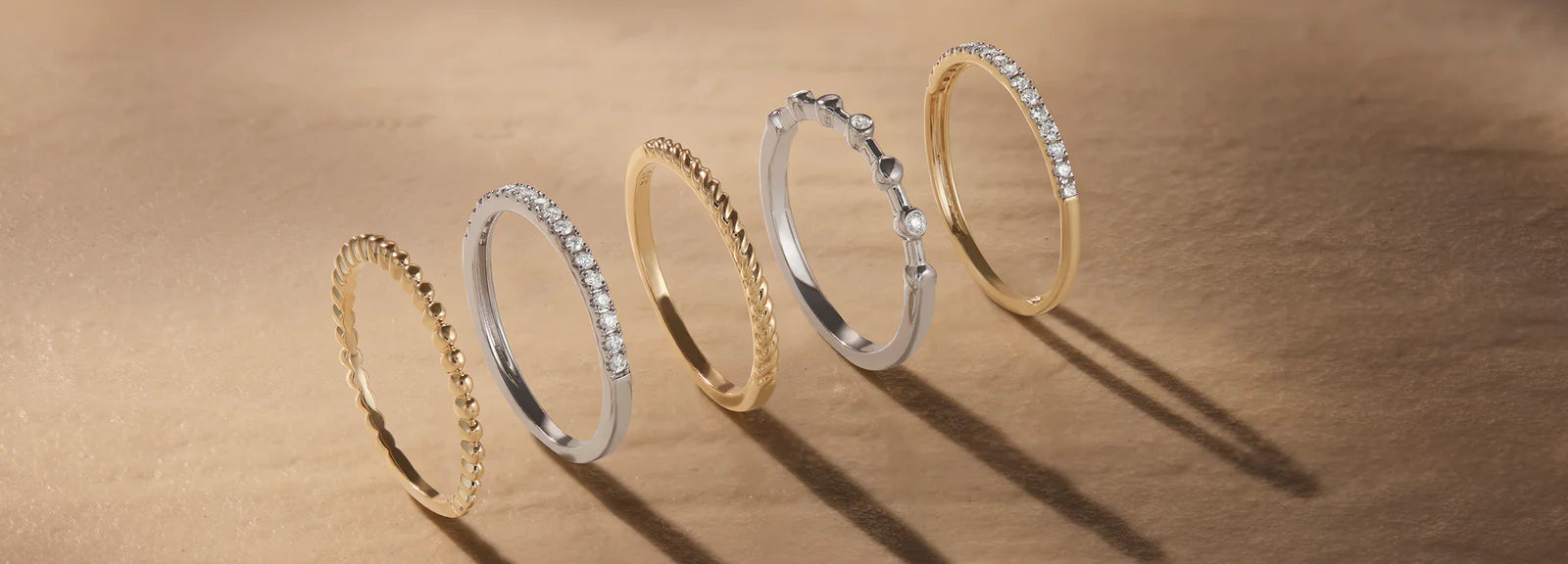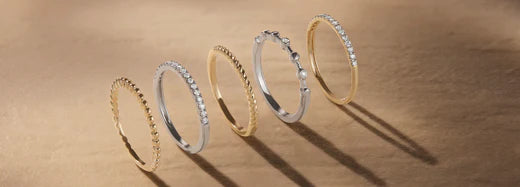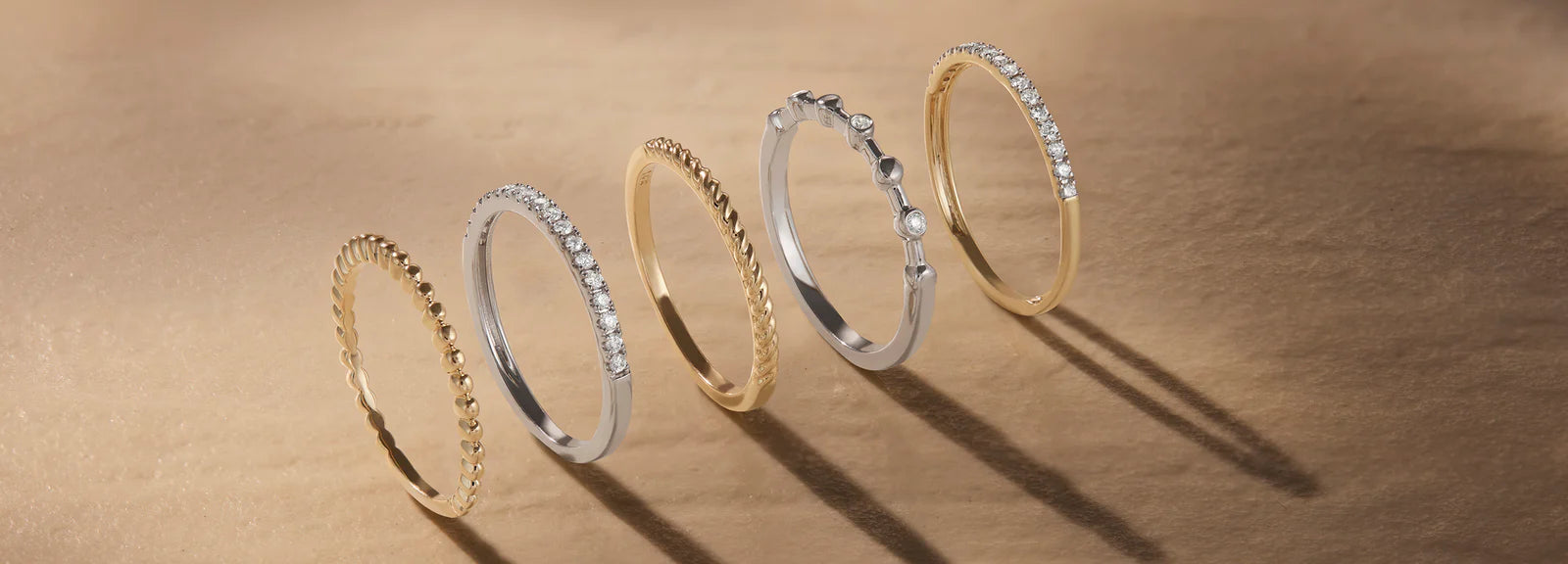
How to know the difference between Natural Diamonds Vs. lab-grown diamonds?

Distinguishing between natural diamonds and lab-grown diamonds can be challenging because they are visually, chemically, and physically identical. However, there are key differences detectable through advanced techniques and equipment. Here's what to know:
Key Differences Between Natural and Lab-Grown Diamonds:
- Formation Process:
-
Natural Diamonds: Formed over billions of years deep within the Earth under high pressure and temperature.
- Lab-Grown Diamonds: Created in weeks using advanced technology in a controlled environment (HPHT or CVD methods).
- Growth Features:
- Natural Diamonds: Have irregular growth patterns and inclusions unique to Earth's natural processes.
- Lab-Grown Diamonds: Show specific growth patterns like striations or metallic inclusions from the growth process in labs.
Ways to Detect the Difference:
- Certification:
- Lab Reports: Reputable grading labs like GIA, IGI, and GCAL explicitly state whether a diamond is natural or lab-grown. Check the certificate.
- Laser Inscription: Many lab-grown diamonds have microscopic inscriptions indicating their origin.
- Fluorescence and Phosphorescence:
- Natural Diamonds: May exhibit bluish fluorescence under UV light but no phosphorescence.
- Lab-Grown Diamonds: HPHT diamonds can display phosphorescence, glowing faintly for a few seconds after UV light is removed.
- Inclusions:
- Natural Diamonds: Have organic inclusions like crystals or tiny minerals.
- Lab-Grown Diamonds: May contain metallic inclusions or unique patterns from the growth process.
- Type Classification:
- Natural Diamonds: Often a mix of Type Ia and IIa.
-
Lab-Grown Diamonds: Mostly Type IIa (very pure with minimal nitrogen).
- Advanced Tools:
- Diamond View Machine: Detects fluorescence patterns unique to lab-grown diamonds.
- Spectroscopy: Analyzes light absorption to identify differences in formation.
-
Magnetic Test: Lab-grown diamonds grown with HPHT can have slight magnetic properties due to metallic inclusions.
Can You Tell by Naked Eye?
No. Natural and lab-grown diamonds look identical to the naked eye. You’ll need professional testing or certification to confirm their origin.
Why It Matters:
Both natural and lab-grown diamonds have value, but understanding their origin helps consumers make informed choices based on ethical, environmental, and personal preferences. Always buy diamonds from a trusted jeweler with proper certification!


Leave a comment
This site is protected by hCaptcha and the hCaptcha Privacy Policy and Terms of Service apply.